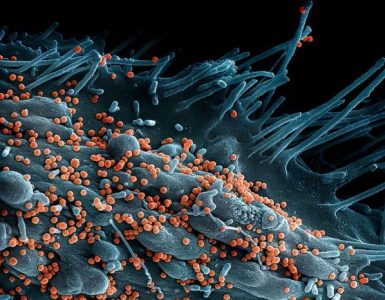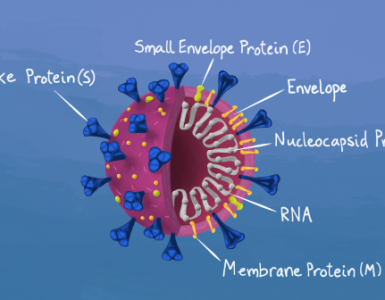This strain of the virus is known to be more severe, but it’s behaving differently from its usual patterns.
The World Health Organization’s decision to declare mpox a global public health emergency for the second time in two years may seem like déjà vu — but there are key differences between the strain that’s causing international concern now and the one that spread in 2022.
Mpox, formerly known as monkeypox, is a viral infection characterized by painful lesions. It’s spread by direct contact with an infected person, animal or contaminated items like clothing or bedding.
The virus is classified into two distinct groups: clade I and clade II.
Clade II was responsible for the 2022 outbreak, which has led to around 100,000 cases worldwide.
But now, a version of clade I has spread internationally. The outbreak started in January 2023 in the Democratic Republic of Congo and has since reached 12 other countries in the region.
On Thursday, Sweden confirmed the first known infection of clade I outside Africa, though Swedish health officials said the person was infected while spending time in Africa. Health authorities in Pakistan also confirmed a case of mpox on Friday but have not identified the strain yet.
Clade I is more transmissible than clade II and capable of being more severe, so infectious disease experts are concerned about further international spread.
“We should have learned a lesson from 2022 that an infection anywhere is potentially an infection everywhere,” said Anne Rimoin, an epidemiology professor at the University of California, Los Angeles Fielding School of Public Health.
How does this version of mpox spread?
Mpox The current mpox outbreak, which the World Health Organization has declared a global public health emergency, involves a strain of the virus that is more severe and exhibits different behavior compared to previous outbreaks. This new strain, belonging to clade I, is causing international concern due to its higher transmissibility and potential for greater severity compared to clade II, which was responsible for the 2022 outbreak.
Key Differences and Concerns:
- Clade I vs. Clade II: The 2022 mpox outbreak, which affected around 100,000 people worldwide, was caused by clade II. However, the current outbreak involves clade I, which is known to be more transmissible and potentially more severe. Clade I was historically more deadly, with fatality rates up to 10%, although recent outbreaks show a lower death rate of around 5%. The first cases of clade I outside Africa have been confirmed in Sweden and Pakistan, raising concerns about global spread.
- Transmission Patterns: Mpox can spread through direct contact with an infected person, contaminated materials, or infected animals. While the 2022 clade II outbreak primarily spread through sexual contact, especially among men who have sex with men, the current clade I outbreak in the Democratic Republic of Congo (DRC) is spreading in similar ways but also through other routes, such as animal contact and household transmission. This suggests clade I may have properties that enable it to spread more easily from person to person.
- Severity of Illness: The severity of mpox can vary depending on several factors, including the strain of the virus, the mode of transmission, and the health status of the infected individual. While clade I is generally more severe, the case fatality rate in the DRC is currently about 5%, which is lower than in past outbreaks but higher than clade II’s typical mortality rate of around 1%. In countries with better healthcare systems, such as the U.S., the fatality rate is expected to be lower due to better nutrition, healthcare access, and the availability of vaccines.
- Symptoms: Symptoms of mpox include a rash that develops into blisters, fever, headache, muscle aches, and swollen lymph nodes. In severe cases, the disease can lead to complications such as secondary infections, pneumonia, and brain inflammation. The 2022 outbreak saw unusual symptom patterns, with lesions often appearing in the genital and anal regions due to the mode of transmission. Similar symptoms are being observed in the current outbreak, though more research is needed to fully understand the differences.
The spread of clade I mpox poses a significant global health threat due to its higher transmissibility and severity. The lessons from the 2022 outbreak highlight the importance of monitoring and responding swiftly to prevent further spread. The availability of vaccines offers some protection, particularly in regions with robust healthcare infrastructure. However, ongoing surveillance, research, and public health measures are crucial to control the current outbreak and mitigate its impact on vulnerable populations. (Source: NBC News – summarized by Daniela La Marca, GHP

















